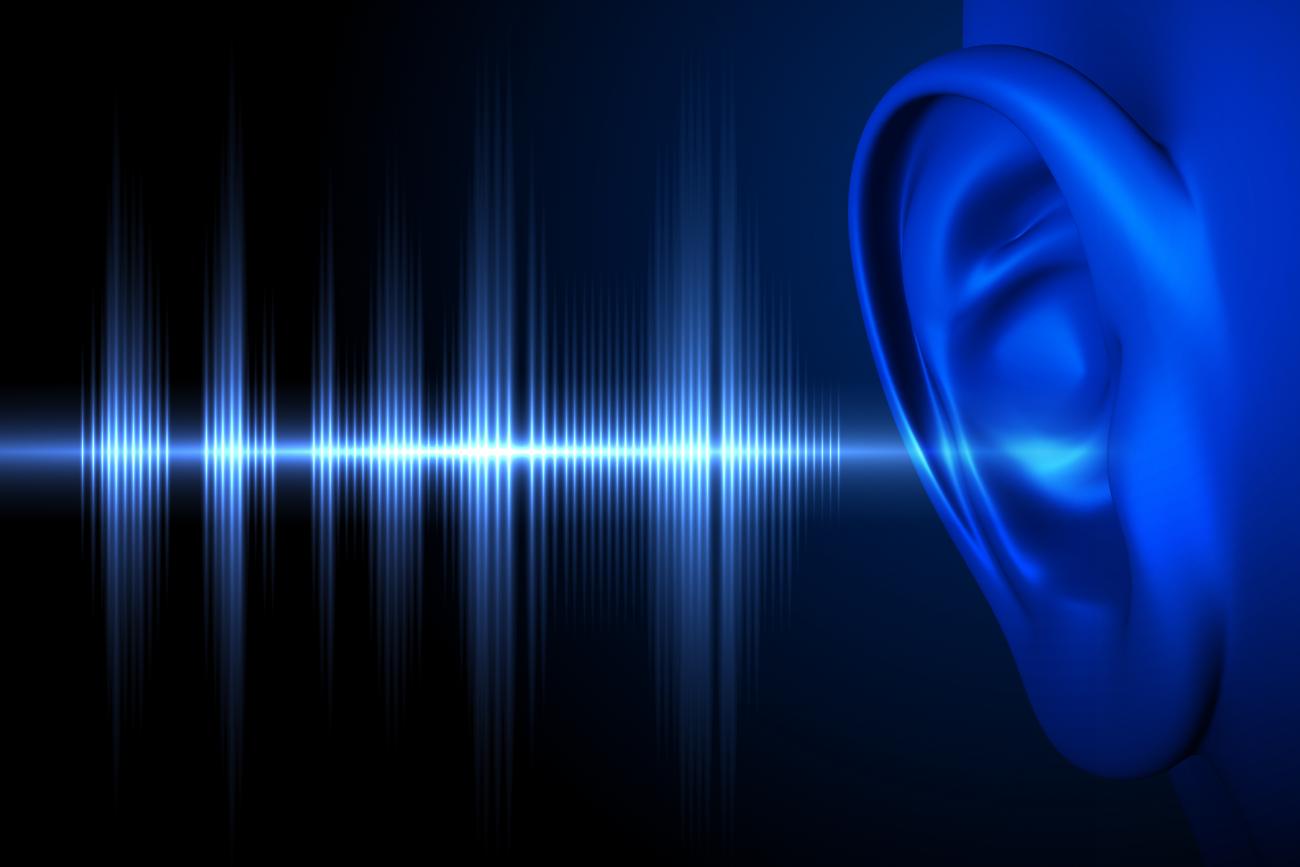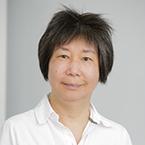Humans and many animals rely on the inner ear, an intricate sensory organ, to hear and to maintain balance. Inner ear development is a complex process that is dependent on a cascade of molecular events, which occur in a precise temporal sequence. Any missteps in this process will most likely result in some degree of dysfunction affecting the abilities to hear and maintain balance. My laboratorys goal is to identify the molecular mechanisms underlying the formation of this complex structure. Our focus is on identifying the tissues and signaling molecules that specify the three primary cell types (neural, sensory, and nonsensory) which make up the inner ear. We are also interested in the developmental mechanisms that dictate the spatial position and orientation of each of the inner ear components with respect to the overall body axes. To address these questions, we perform in ovo manipulations of chicken embryos and generate chicken and mouse models with genetic modifications.
Animals: Rodents, birds
Campus Institute: National Institute on Deafness and Other Communication Disorders



